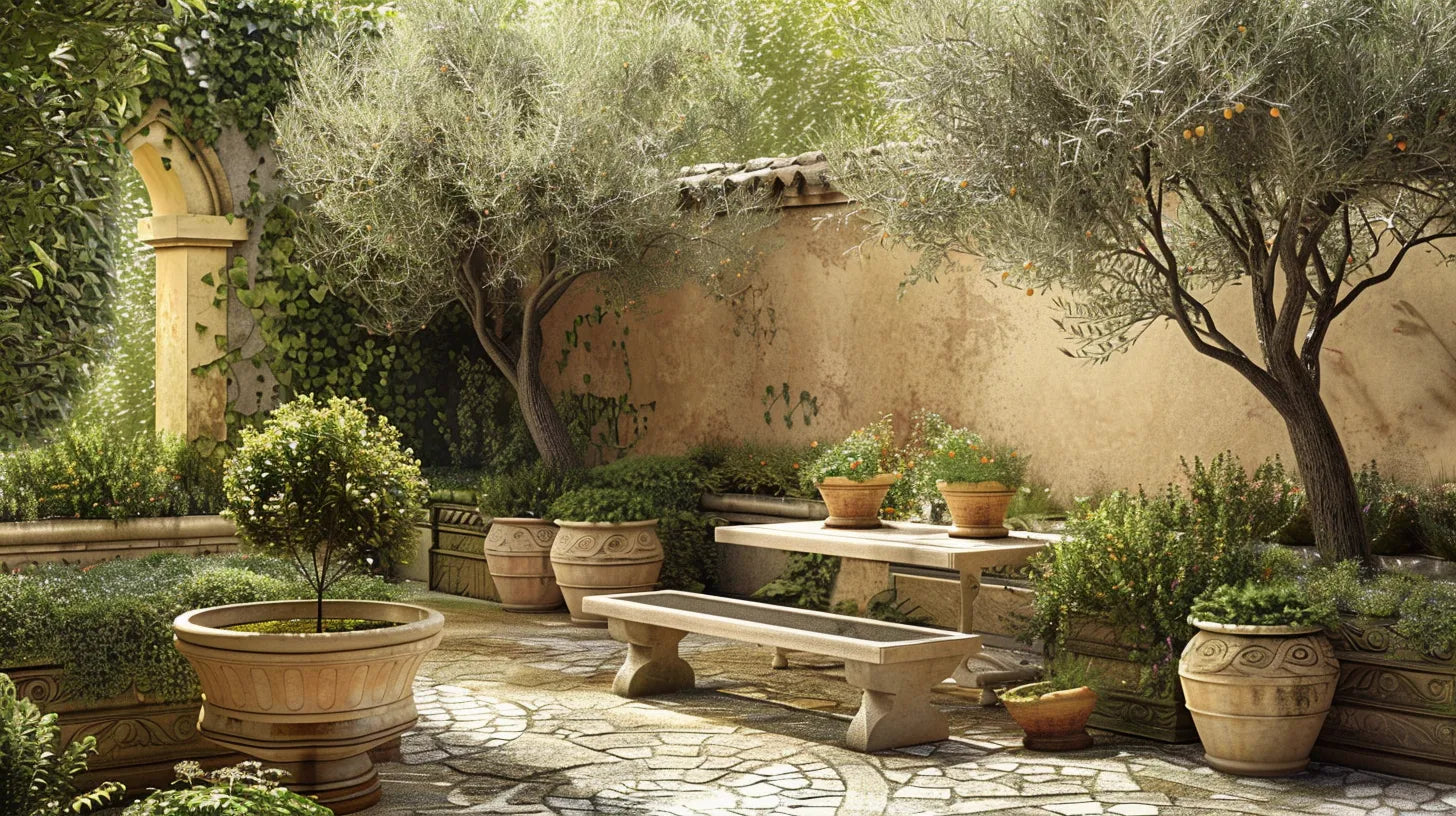The history of outdoor furniture is rich and diverse, tracing back to ancient civilizations where Egyptians and Greeks crafted pieces from materials like palm stalks and stone. Over the centuries, outdoor furniture evolved considerably; during the Renaissance, it symbolized status with intricately designed wrought iron pieces. The industrial era brought mass-produced wire and plastic furniture , increasing accessibility and variety. In recent decades, focus has shifted towards sustainability , utilizing recycled plastics and sustainably sourced woods to minimize environmental impact. This progression not only reflects changing aesthetic preferences but also growing environmental consciousness , promising an engaging forward trajectory for the outdoor furniture industry.
Ancient Civilizations' Contributions
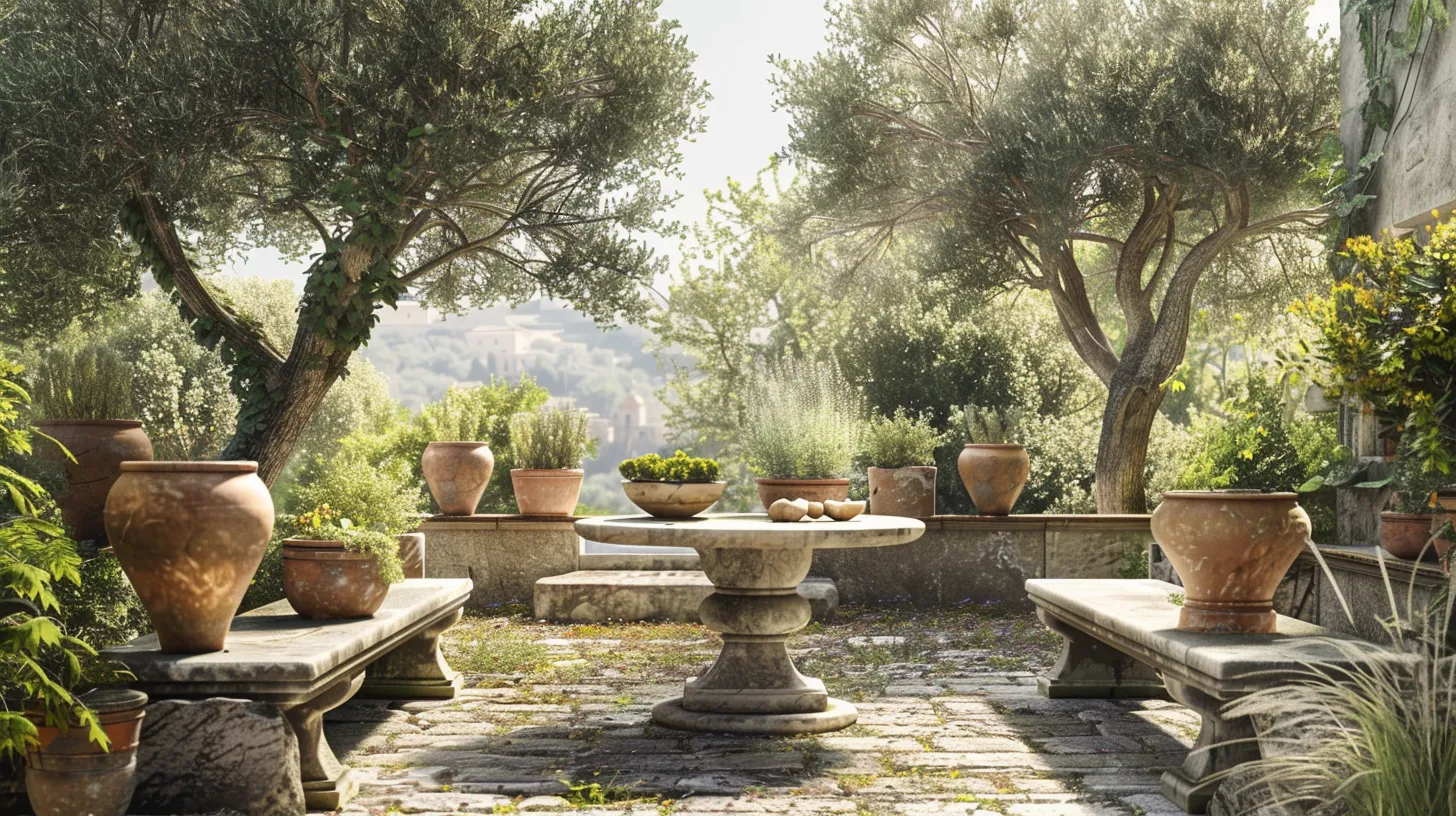
Ancient civilizations, such as Egypt and Greece, made significant contributions to the development of outdoor furniture by utilizing materials like palm stalks , stone, and wood. The Egyptians ingeniously crafted seats and tables from palm stalks and wood, prioritizing simplicity and functionality. These materials not only offered durability but also comfort in the harsh sun, a necessity in their arid environment. The craftsmanship, though straightforward, underscored an early understanding of ergonomic design , catering to both form and function.
In Greece, the use of stone transformed the approach to outdoor furniture. The Greeks developed stone benches that lined the peripheries of bustling agoras and tranquil gardens, areas designated for socializing and relaxation . This not only provided sturdy seating options but also added a communal aspect to outdoor spaces, enhancing the social fabric of ancient Greek life. The integration of marble further refined this furniture, reflecting an evolution in aesthetic preferences and technical capabilities .
Both civilizations showcased an early recognition of outdoor spaces as extensions of daily life, emphasizing the role of outdoor furniture in social interactions and personal relaxation. Their contributions laid foundational practices that would influence design philosophies in centuries to come.
Renaissance and Medieval Advances
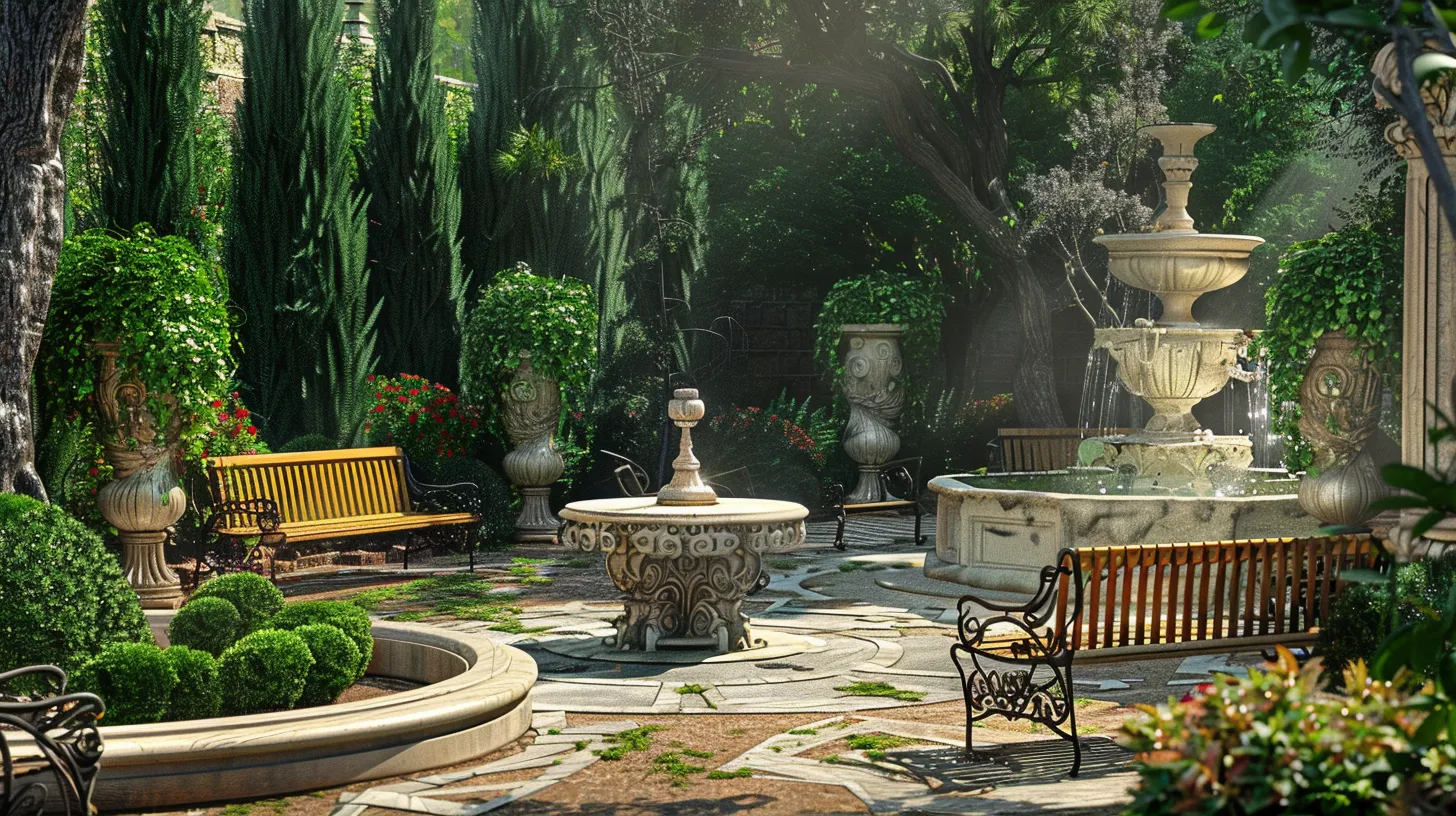
Building on the earlier innovations of ancient civilizations, the Renaissance period brought about significant advancements in the design and accessibility of outdoor furniture . This era, marked by a rekindling of artistic and cultural pursuits, saw garden furniture evolve into symbols of status and artistic expression. Remarkably, the introduction of more intricate designs in both wood and metal highlighted the era's skilled craftsmanship .
Wrought iron, in particular, became a favored material due to its durability and resistance to elements, making it ideal for the creation of long-lasting, robust furniture suited for the outdoors. This material choice allowed for the development of elaborate pieces that could withstand the environmental pressures of outdoor settings. The Renaissance's focus on enhancing public spaces led to the placement of luxurious garden furniture in parks and urban gardens, not just as functional items, but as public art forms enhancing the beauty and utility of communal spaces .
These advancements made garden furniture more accessible to the public, promoting outdoor gatherings and social interactions in the public arenas of the time. The Renaissance's contributions to outdoor furniture set a precedent for both aesthetic appeal and functionality, blending art with practicality in public and private gardens alike.
Industrial Age Innovations
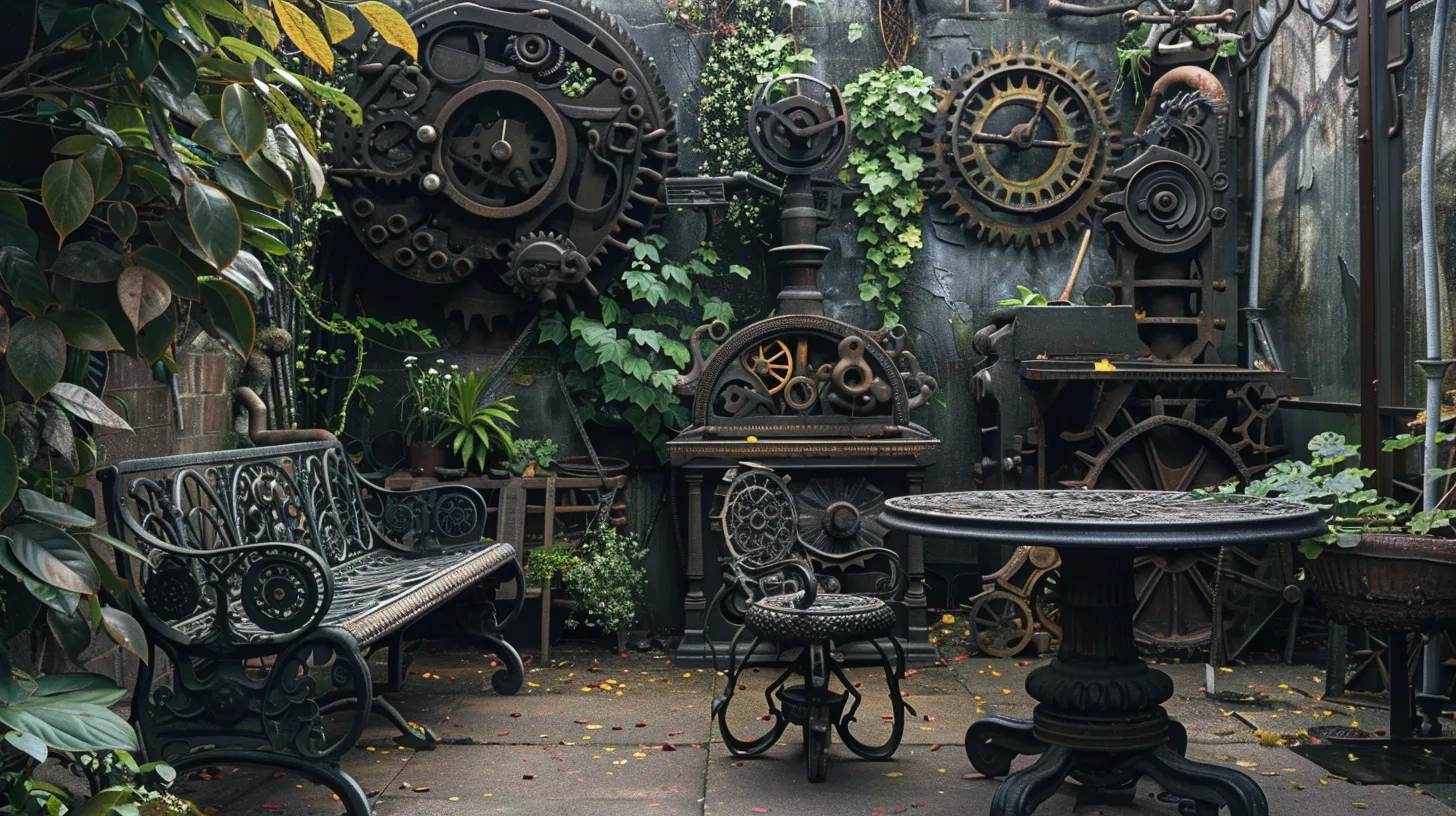
How did the Industrial Age revolutionize outdoor furniture production and design?
The onset of the Industrial Age marked a significant transformation in the way outdoor furniture was conceived and manufactured. This era heralded the mass production of wire and plastic furniture , enabling manufacturers to meet the growing demand for outdoor seating and tables. Innovations in manufacturing processes not only made it possible to produce vast quantities efficiently but also led to the creation of more practical and durable designs .
The advent of synthetic materials , such as plastics and metals , became a hallmark of this age. These materials were not only durable but also resistant to the elements, making them ideal for outdoor use. The introduction of metal furniture further diversified the range of options available, offering both robustness and style.
Moreover, these manufacturing innovations had a democratizing effect on outdoor furniture. The ability to produce in large quantities meant that these items became more accessible and affordable, allowing a broader segment of society to enjoy previously luxury-only garden furnishings. The Industrial Age effectively transformed outdoor spaces into accessible and enjoyable extensions of the home, catering to a variety of tastes and preferences with affordable designs and durable materials.
Mid-20th Century Styles
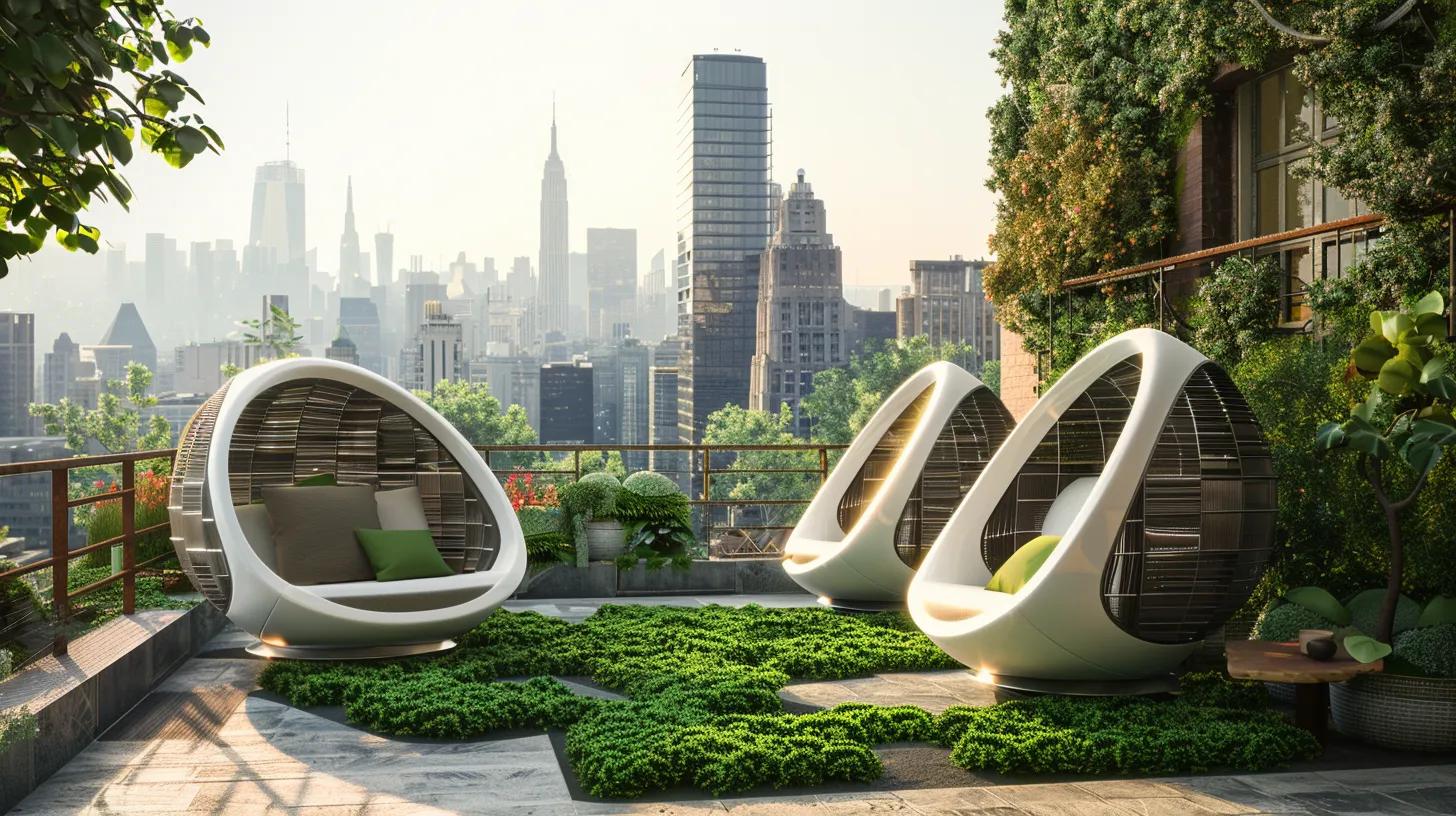
Following the Industrial Age , mid-20th century outdoor furniture trends shifted towards sleek, minimalistic designs that emphasized functionality and comfort. This era marked a significant shift in the aesthetics and utility of outdoor furnishings. Innovations in materials such as aluminum, stainless steel , and synthetic wicker enabled the creation of durable outdoor furniture that could withstand varying climatic conditions while maintaining visual appeal.
Iconic pieces like the Adirondack chair and chaise lounge became emblematic of mid-20th century style . These designs not only enhanced the comfort and functionality of residential outdoor living spaces but also showcased the era's penchant for sleek designs. The popularity of these items underscored a broader cultural movement towards embracing the outdoors as an extension of the home's living area.
The post-World War II economic boom further influenced outdoor furniture designs, as more families sought to create inviting outdoor spaces. The standardized manufacturing processes developed during this period allowed for the mass production of outdoor furniture , making stylish yet practical designs more accessible to the average consumer. This period in furniture history stands out for its innovative designs that combined practicality with aesthetic simplicity , setting a new standard in outdoor decor.
Modern Sustainable Materials

In the domain of outdoor furniture, the use of modern sustainable materials has become increasingly pivotal, reflecting a strong commitment to environmental responsibility. Materials such as recycled plastics , metals , and sustainably sourced wood are at the forefront of this trend, embodying the principles of sustainability in outdoor furniture design. These eco-friendly materials not only minimize the depletion of natural resources but also reduce the environmental impact associated with manufacturing processes.
Manufacturers in the 21st century have increasingly prioritized these eco-conscious choices, integrating recycled plastic and other sustainable materials into their production lines. This shift is driven by both environmental concerns and consumer demand for products that contribute positively to the planet's health. The emphasis on reducing environmental impact through sustainable practices in outdoor furniture design has led to innovative trends that are reshaping the industry.
The year 2023 has been particularly notable for highlighting such innovative and sustainable trends. The outdoor furniture market now showcases pieces that combine aesthetic appeal with environmental mindfulness, ensuring that the pleasure of outdoor spaces does not come at the expense of the Earth's future. This evolution marks a significant step towards a more sustainable and responsible approach to outdoor furniture production .
Future Trends in Outdoor Furniture
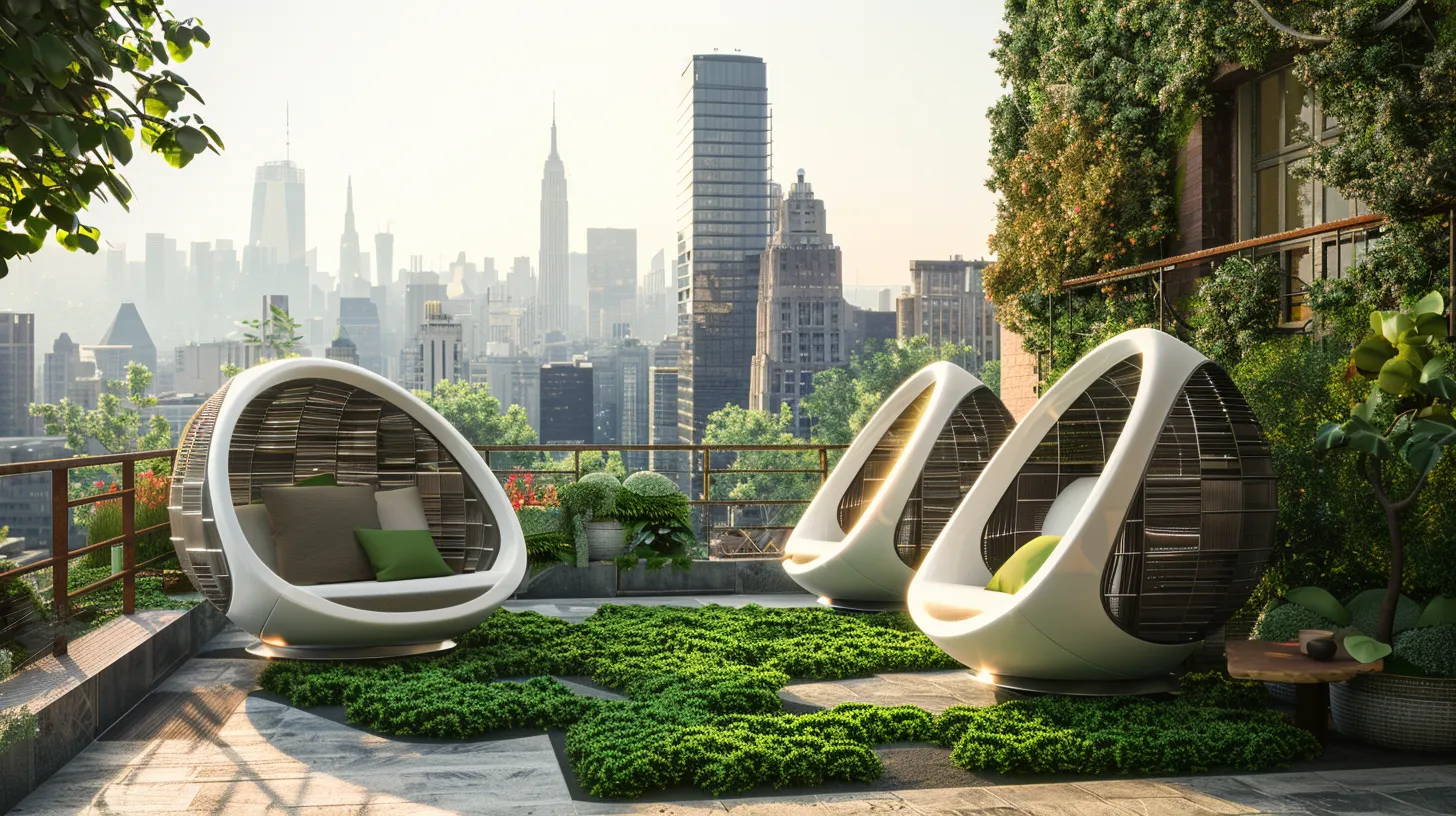
The future of outdoor furniture is being reshaped by advancements in technology and a growing emphasis on sustainability. Modern technologies, particularly 3D printing , are revolutionizing the design and manufacturing processes, enabling the creation of functional yet stylish pieces that enhance outdoor spaces. This technique allows for innovative designs that are both intricate and durable, tailored to withstand various environmental conditions.
Materials once popular in the post-World War II era, such as plastics and synthetic fibers, are being re-engineered to meet today's standards of durability and eco-friendliness . The evolution of these materials facilitates the production of sophisticated furniture that can endure harsh climates while maintaining aesthetic appeal.
Moreover, there is a significant shift towards using sustainable materials , such as recycled plastic , which supports environmental conservation efforts. This approach not only reduces waste but also aligns with the global movement towards sustainability . The integration of these eco-friendly materials into outdoor furniture design is pivotal in promoting sustainability.
As we look to the future, the outdoor furniture industry is set to continue its trajectory towards blending functionality with environmental responsibility, ensuring that the furnishings not only beautify outdoor areas but also contribute positively to the ecological well-being.


